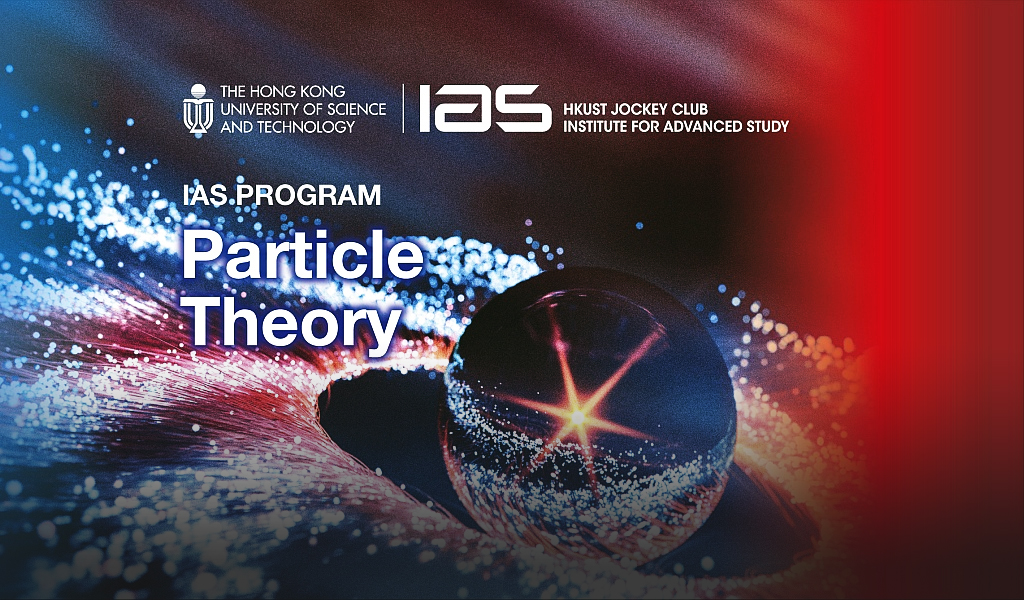Stochastic Quantization of Quantum Gravity, and Its Physical Predictions
Abstract
Euclidean quantum gravity might be defined by stochastic quantization and governed by a second order Langevin equation (not a first order stochastic equation as in standard PARISI-WU formulation). In a transitory phase where the MINKOWSKI spacetime cannot be defined, the parameter that orders the evolution of quantum gravity phenomena is the stochastic time. This changes the definition of causality in the period of primordial cosmology. For stochastically quantized gravity, the prediction is that there will be a transition from an oscillation phase that defines quantum gravity, toward a classical one where the Minkowski spacetime has emerged. The end of the transition, as it can be observed from now and described by inflation models, is a diluted Universe following the inflation phenomenological evolution. The Universe is filled at the beginning with scattered classical primordial black holes, as a prediction of the early evolution by stochastic quantization. The smallest black holes will quickly decay in matter with a standard quantum field theory evolution till our period. The stable heavier black holes will remain, forming a good fraction of the dark matter and the large black holes observed in the galaxies. In a theoretically related way, this framework suggests the possibility of a gravitational parton stochastic content for "point-like" particles in the same five dimensional quantum field theory contexts as in the primordial cosmology with a (+,-,-,-,-) signature for the 5d metrics. Interestingly, and for geometrically oriented people, one finds that the higher order Langevin equation for gravity has a geometrical writing in the 5d space, and defines a foliation for the evolution of a 4d-Euclidean manifold (each one being a Universe frozen at a given value of the stochastic time) governed by the stochastic time. The friction force is part of the extrinsic curvature of each leaf, and its acceleration force is part of the 5d Riemann tensor, while the drift force is the intrinsic curvature of the leaf. Classical gravity is the limit at infinite stochastic time of the leaf, which otherwise undergoes stochastic time oscillations. According to the speaker, the transition must occur with probability one, at a period marked by the exit of the inflation.
About the program
For more information, please refer to the program website at http://iasprogram.ust.hk/particle_theory.



